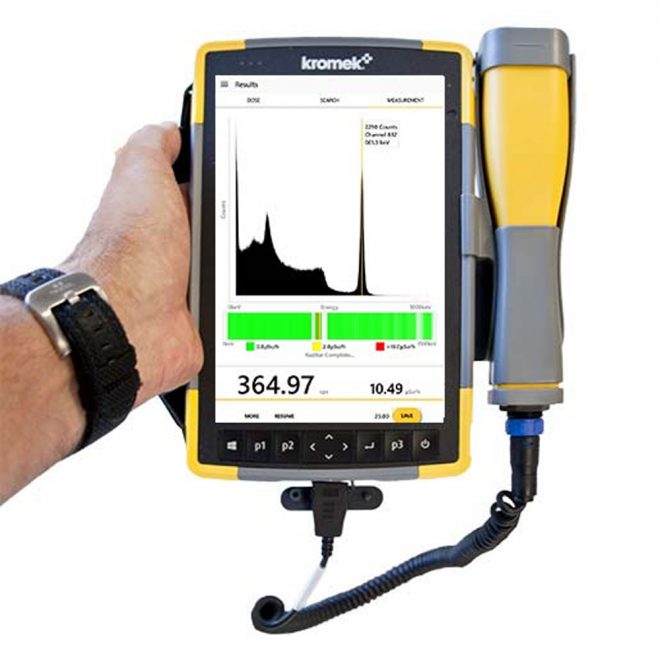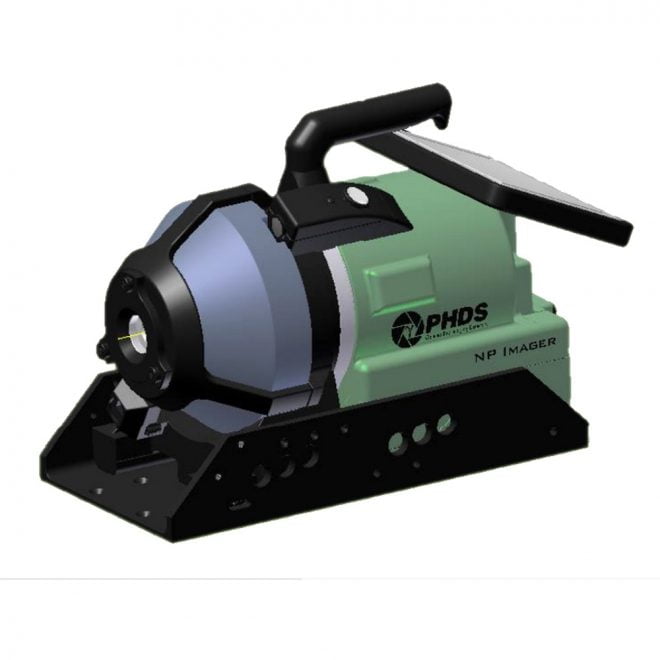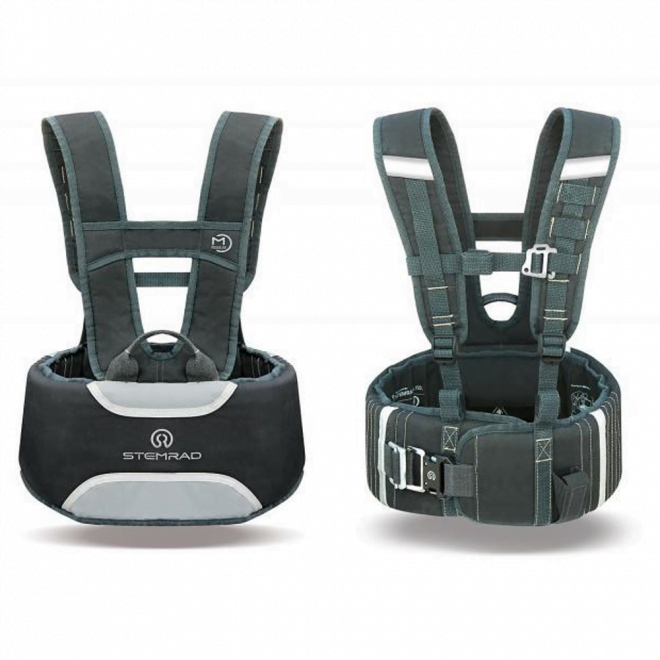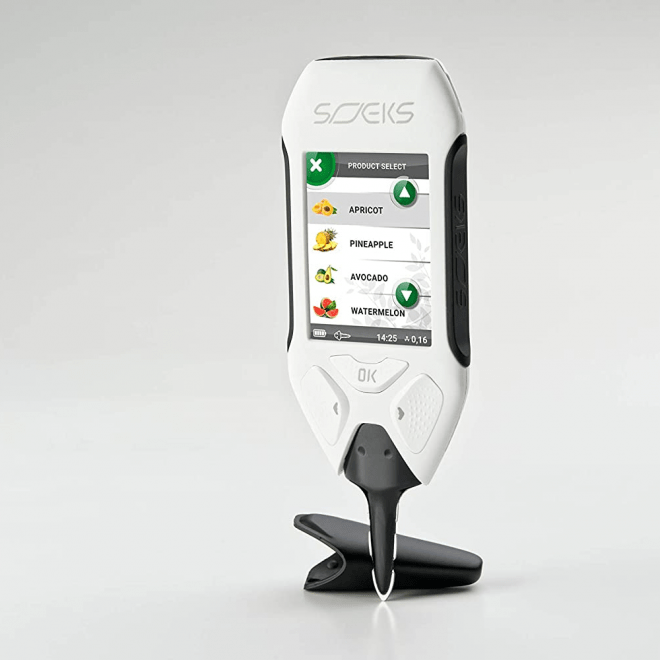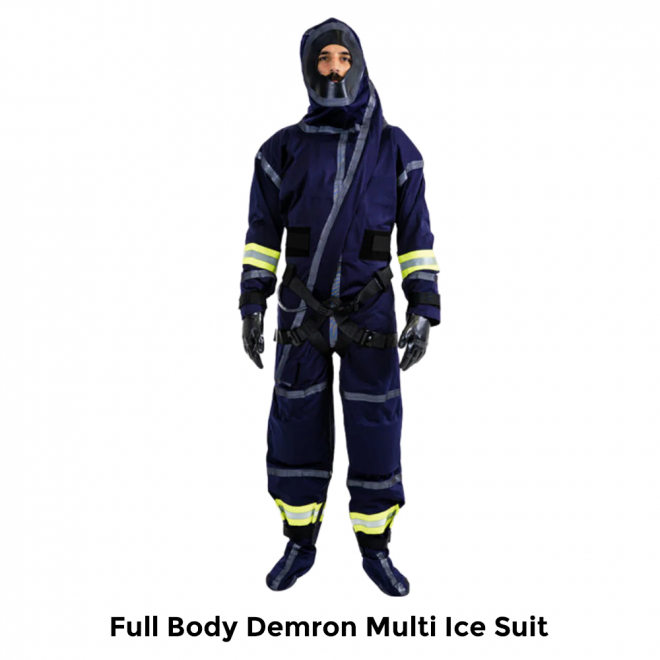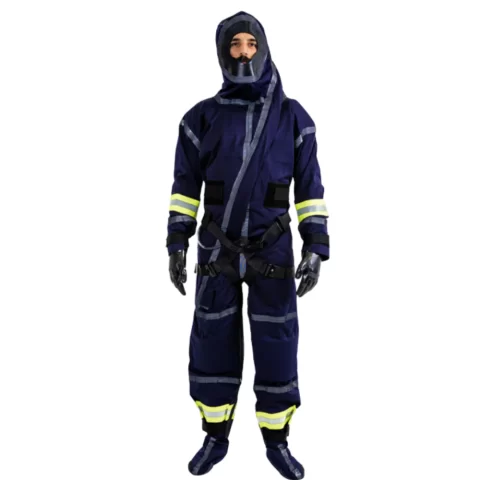Radiation is a powerful force present in our environment, impacting our lives in various ways. This article aims to provide a comprehensive understanding of radiation, its different types, and their effects on living organisms.
Types of Radiation:
Electromagnetic Radiation:
Electromagnetic radiation encompasses a wide range of energy, including visible light, ultraviolet (UV) radiation, X-rays, and gamma rays.
Visible light allows us to see the world around us, while UV radiation, X-rays, and gamma rays possess higher energy levels and can have more profound effects on living tissues.
Particle Radiation:
Particle radiation involves the emission of subatomic particles during nuclear processes.
Alpha Radiation:
Alpha particles consist of two protons and two neutrons, making them positively charged and relatively large.
They have a limited range and can be stopped by a sheet of paper or a few centimeters of air.
Beta Radiation:
Beta particles can be electrons (beta-minus decay) or positrons (beta-plus decay) and possess a negative charge.
They are smaller and have a higher penetration range than alpha particles, requiring thicker shielding like aluminum or plastic.
Neutron Radiation:
Neutrons are released during certain nuclear reactions and have no charge.
They have high penetration power and can interact with atomic nuclei, potentially causing damage.
Effects of Radiation:
Health Effects:
Ionizing radiation, such as X-rays and gamma rays, can cause damage to living tissues by ionizing atoms and molecules.
High doses of radiation can lead to acute radiation sickness, including symptoms like nausea, fatigue, and radiation burns.
Long-term exposure to radiation increases the risk of developing cancer and other health conditions.
Medical Applications:
Radiation is extensively used in medical diagnostics, such as X-ray imaging, computed tomography (CT) scans, and nuclear medicine procedures.
Radiotherapy, a targeted use of radiation, is employed to treat various forms of cancer, aiming to destroy cancer cells while minimizing damage to healthy tissues.
Industrial and Environmental Uses:
Radiation finds applications in industrial processes like sterilization, food preservation, and thickness measurement in manufacturing.
Environmental radiation monitoring helps ensure safety in nuclear power plants and ensures compliance with radiation protection standards.
Conclusion:
Radiation, in its diverse forms, plays a significant role in our lives. While it has beneficial applications, such as in medical diagnostics and treatments, it is essential to be aware of the potential risks associated with radiation exposure. Understanding different types of radiation and their effects can contribute to making informed decisions regarding safety measures and radiation-related technologies.
Product Listings:
- Handheld Radiation Detectors: These portable devices provide convenient and immediate detection of radiation in various environments. They are commonly used in nuclear facilities, emergency response situations, and for personal safety.
- Portable Geiger-Muller Counters: Geiger-Muller (GM) counters are commonly used for measuring radiation levels. They utilize a gas-filled tube that produces an electrical pulse when exposed to radiation, allowing for quick and reliable detection.
- Scintillation Detectors: Scintillation detectors employ a scintillating material that emits light when struck by ionizing radiation. This light is then converted into an electrical signal, providing accurate measurements of radiation intensity.
- Dosimeters: Dosimeters are devices worn by individuals to monitor their personal exposure to radiation over time. They record cumulative radiation doses and help ensure safety compliance in various professions.
- Spectrometers: Spectrometers are advanced detectors capable of identifying and quantifying specific types of radiation. They are commonly used in research laboratories, medical imaging, and environmental monitoring.
-
Berkeley Nucleonics SAM 950 Ruggedized Isotope Identifier
Berkeley Nucleonics SAM 950 Ruggedized Isotope Identifier is a RIID detector designed to meet the requirements of ANSI 42.34 criteria for hand-held instruments for the detection and identification of radionuclides. This Isotope Identifier is mostly used in Forensics, Survey Meter, Spectral Analysis, Secondary Screening, Isotope Confirmation, Dose Rate Meter, Data Logging, Source Locator, and also as an Iridium detector.
Application: Secondary Radiation Screening, Medical / Industrial Nuclear Controls, Event Management, Health Physics / Hazmat Support, Port and Border Law Enforcement -
Kromek RayMon10 CZT Handheld Gamma and Isotope identifier
Kromek RayMon10 CZT Handheld Gamma and Isotope identifier is the world’s most powerful CZT handheld radiation monitor used to measure, detect, and analyze radionuclide emitting gamma rays. RayMon10 ® is robust, lightweight, and easy to use; its portability and usability are second to none. The CZT detector provides high-resolution gamma-ray spectra for simple and unequivocal detection.
Applications: First responders, Nuclear installation monitoring, Nuclear accident response, Security screening undertaken by customs, police, fire and rescue services, Military, Site surveys. Civil Defense, Health Physics
-
PHDS GeGI Gamma-Ray Detector
PHDS GeGI Gamma-Ray Detector is the world’s most sophisticated gamma-ray detector. Using many image modes, the GeGI can completely describe the surrounding radiological environment.
Applications: Military and Civilian CBRNE Operations, Nuclear Security, Nuclear Safeguards, Special Nuclear Material Analysis, and Decommissioning & Decontamination.
-
PHDS Fulcrum HPGe Detector
PHDS Fulcrum HPGe Detector is the best user friendly and compact HPGe detector on the market. The onboard PHDS OMNI software application provides an intuitive interface for state-of-the-art isotope identification and real-time exposure rate calculation.
Application: Safe Standoff Detection, Nuclear Safeguards, and Security, Waste Management, Environmental Monitoring, Decontamination, and Decommissioning.
-
PHDS NP Imager Radiochemistry Imager
PHDS NP Imager Radiochemistry Imager measures the dynamics of radiochemical separation processes in real-time. Developed on a Small Business Innovation Research (SBIR) grant from the Department of Energy Office of Nuclear Physics (NP), the NP Imager focuses on the unique needs of radiochemists and technicians separating radioisotopes for radio-pharmaceuticals and other applications.
Applications: Radiopharmaceutical Process Monitoring, Radiochemical Separation Research and Development, Nuclear Physics Isotope Production, Nuclear Materials Management, Waste Management, Decontamination and Decommissioning.
-
StemRad 360 Gamma Radiation Protection Shield
StemRad 360 Gamma Radiation Protection Shield is the world’s first vesture shield that provides a meaningful shield from dangerous gamma radiation. This vesture Saves the lives of emergency responders, security officers, and astronauts without undermining mission goals.
Applications: Emergency Responders, Law Enforcement, Homeland Security, HAZMAT
-
Soeks EcoVisor F4 Pocket Sized 5-in-1 Multimeter
Soeks EcoVisor F4 Pocket 5-in-1 Multimeter Military-grade radiation detector measures and instantly alerts you about all types of ionizing radiation in food, air, water, objects, environment.
Applications: Shipping containers, grocery stores and restaurants, food hygiene.
-
Thermal Conductive Body Protection Suit
RST Demron™ Thermal Conductive Body Protection Suit can protect the wearer from extreme heat or cold by minimizing the transfer of heat or cold to their body. With a lower chance of heat-related diseases or cold-related injuries, these protective garments are essential in allowing people to work in challenging environments.
Applications: Industrial work, Hazardous Material Handling, Search & Rescues, Medical Emergencies.
-
First Responder Body Protection Suit
First Responder Body Protection Suit is made by using protective technology which protects from viral , biological, chemical threats and heat stress which protected against EBOLA and ZIKA virus exposure hazards. First responder radiation suits have a feature of self-cooling stealth technology, this suit offers unparalleled defense against radiological and ionizing nuclear radiation, making it the ultimate safeguard in hazardous environments.
Applications: Nuclear Emergencies, Chemical Spills and Hazmat Incidents, Biological Contamination, Industrial Settings, Emergency Response and Disaster Relief, Military and Law Enforcement
-
Chemical Defence Full Body Protection Suit
Chemical Defence Full Body Protection Suit plays a critical role in ensuring the safety and well-being of individuals working in environments where exposure to hazardous substances is a concern. The design of a Chemical Defense Full Body Protection suit may vary depending on the specific requirements of the wearer and the nature of the potential hazards.
Applications: Nuclear labs, Metals testing, Radiation testing labs, First responders, etc.
-
Biological Defense Body Protection Suit
RST Demron™ Biological Defense Body Protection Suit is a self-cooling fabric that provides the highest protection from biological, viral, chemical threats and heat stress. It gives protection against ZIKA Virus and EBOLA exposure hazards, trap heat and vapour in the suit creating significant and highly potential life threatening heat stress. Demron™ ICE is a passive cooling and thermo conductive system .
Applications: Nuclear Emergencies, Chemical Spills and Hazmat Incidents, Biological Contamination, Industrial Settings, Emergency Response and Disaster Relief, Military and Law Enforcement
-
X-Ray Zone Protection Suit
X-Ray Zone Protection Suit is a modern garment made to protect wearers from radiation exposure, especially in situations where X-rays are present. This Radiation Protection Suit is constructed from specialized materials like lead or materials with lead-equivalent properties. These suits are carefully crafted to offer the wearer the most coverage possible without affecting comfort or flexibility.
Applications: Industrial Radiography, Nuclear Medicine, Veterinary Medicine, Security Screening, Research Laboratories, Medical Radiography and Imaging


